African Sulcata Tortoise
Sulcata tortoises (Geochelone sulcata) also known as the African spurred tortoise, are a unique pet tortoise to care for.
They are one of the largest tortoise species in the world and are often seen in zoos and conservatories. Despite this, the sulcata tortoise has also become quite popular in the reptile trade in recent years.
This species can live for over 100 years.
Pros
Relatively easy to care for once their enclosure is built.
A very long lifespan which means they will be with you for life.
Outgoing and individual personalities.
Cons
Burrowing behaviors can lead to lots of damage in your yard.
Giant size requires a lot of space to roam and graze.
Need very hot temperatures and a basking spot greater than 100 degrees.
Tortoise Husbandry
Daily Chores
● Fresh water daily
● Spot clean daily
● Spray Daily (Full clean once a month)
● Use F10 Veterinary Disinfectant
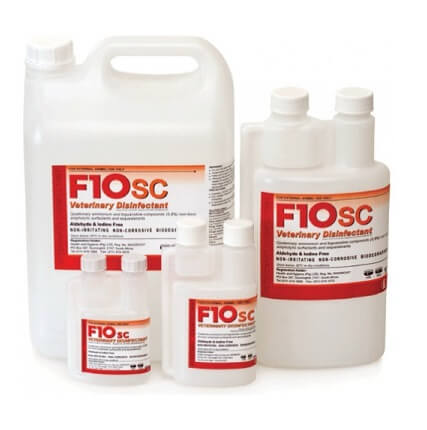
Vets and Insurance
● Exotics Vets are not easy to find, here in Brighton we use Coastways in Kemptown as they have an exotic vet called Celine. It is essential you find an exotic vet.
● There is insurance you can get for your reptile through Exotic Direct.

Why Tortoises must be kept indoors in the UK
In the UK, the UV index is not strong enough for Tortoises to thrive in the garden without added lighting and heating.
During the peak of summer, you can take your tortoise out in the garden and let them forage for food. Ensure your tortoise is in an enclosed area like a rabbit run. Tortoises should never be left alone outdoors. Garden time should be supervised at all times.
Also ensure your tortoise has access to water when outside.
What UV Index is suitable for Sulcata tortoises to go outside?
4-6 UV Index. Using your weather app on your phone or computer can tell you the UV Index for that day.
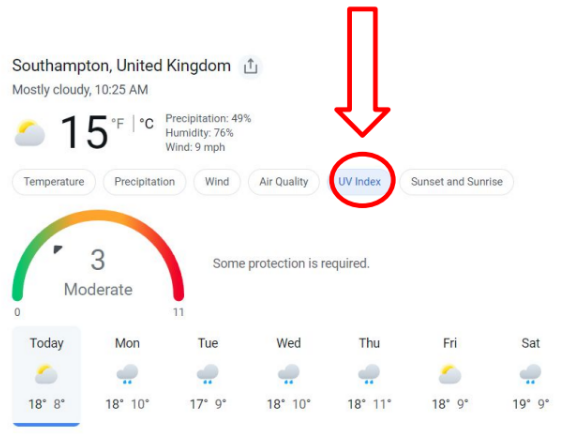
Sulcata Tortoise Diet
Their diet should consist largely of grasses and hay, with vegetation such as weeds making up the remainder of the diet.
Any plants fed should be free of any pesticides or fertilizer. Salad and vegetables should only be offered if these are not available.
Supplementation is important, particularly with supermarket bought goods and a vitamin and mineral powder with high calcium content is required. It is important to ensure the phosphorous content is low.
Cuttlefish is often fed to tortoises and although it is to be encouraged it should not be relied upon as a calcium source.
Water should always be available and a container is required which will allow the tortoise to submerge completely. This should be changed daily. Bathing is also to be encouraged and twice a week the tortoise should be placed in a shallow bath of warm water

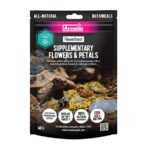
Arcadia reptile created Optimised52 which is a tortoise food you just add water to. This is already supplemented and contain 52 weeds, botanicals and grasses. There is also FlowerBoost which can be added to fresh foods. This is a fabulous food we use regularly here at the RSPCA Reptile Rescue.
50% of the diet should be made up of hay and grass but other dietary items include:
● Dandelion
● Hawkweed
● Timothy Hay
● Chickweed
● Lawn Grass ( Not Clippings )
● Dock leaves
● Clover
● Plantain (all varieties)
● Sow thistle
● Bindweed
● Milk Thistle
● Groundsel
● Honeysuckle
● Parsley
● Sedum
● Sage
● Grapevine
● Coriander
● Hawkbits
● Watercress Fine in moderation (up to 10% of the diet)
● Spring greens
● Carrot Tops Lettuce (all varieties)
● Hibiscus
● Rocket
Diets should always be supplemented with appropriate vitamin and mineral supplementation as advised by your vet
Supplementing your Tortoises Diet
The use of high-quality reptile supplements in the correct amounts at the correct frequencies will help to ensure optimum bone health and skin health for your reptile, and help to avoid a plethora of nutrition-related illnesses such as metabolic bone disease.
For Tortoises EarthPro-A on every feed with CaMg every 4th feed on all items. A quality powder with D3 and A at feed 6 or 8 as a
cycle. Also, FlowerBoost can be added into the usual fresh diet at 10% of the volume of the feed.
Check out the feeding schedule using the link below https://www.arcadiareptile.com/earthpro/feeding-programme/herbivores/
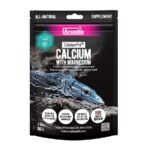
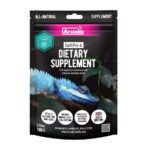
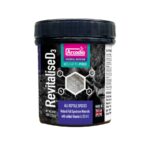
Minimum rehoming Requirements for a Baby/Young Sulcata Tortoise
- 6ft by 3ft Tortoise table, enclosure or adapted vivarium
- Arcadia Reptile ProT5 39W 12% Kit £65
- 100W Arcadia Reptile Halogen £15
- Dimming thermostat £55
- Arcadia Reptile Clamp Lamp. £20
- Substrate and decor is up to you. We advice a Sand X Soil mix as substrate and a minimum of 2 hides and a water dish.
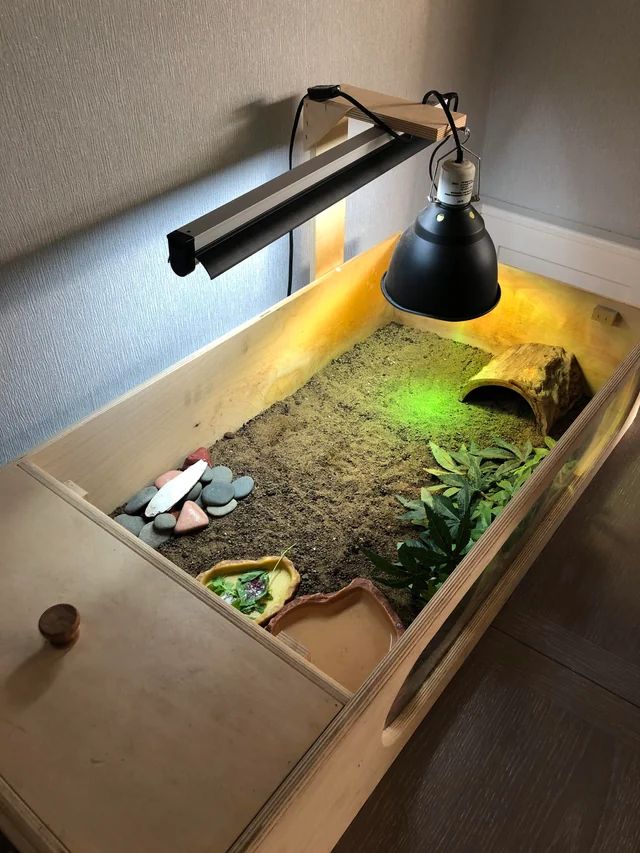
Minimum rehoming Requirements for an Adult Sulcata Tortoise
Require WALK IN ENCLOSURE this will vary depending on the individual tortoises needs
We recommend the Thermal zoo pro (This includes 2x UVB unit and 2x Heat sources)
You will need:
2x Arcadia Reptile ProT5 24W 12-14% (Depending on the distance between bulb and basking spot)
2x 100W Arcadia Reptile Halogen (Depending on how big your space, supplemental heating may be required)
All Heat sources must be controlled by a Dimming thermostat
You can source all electrics and decor from us as we run a shop.

